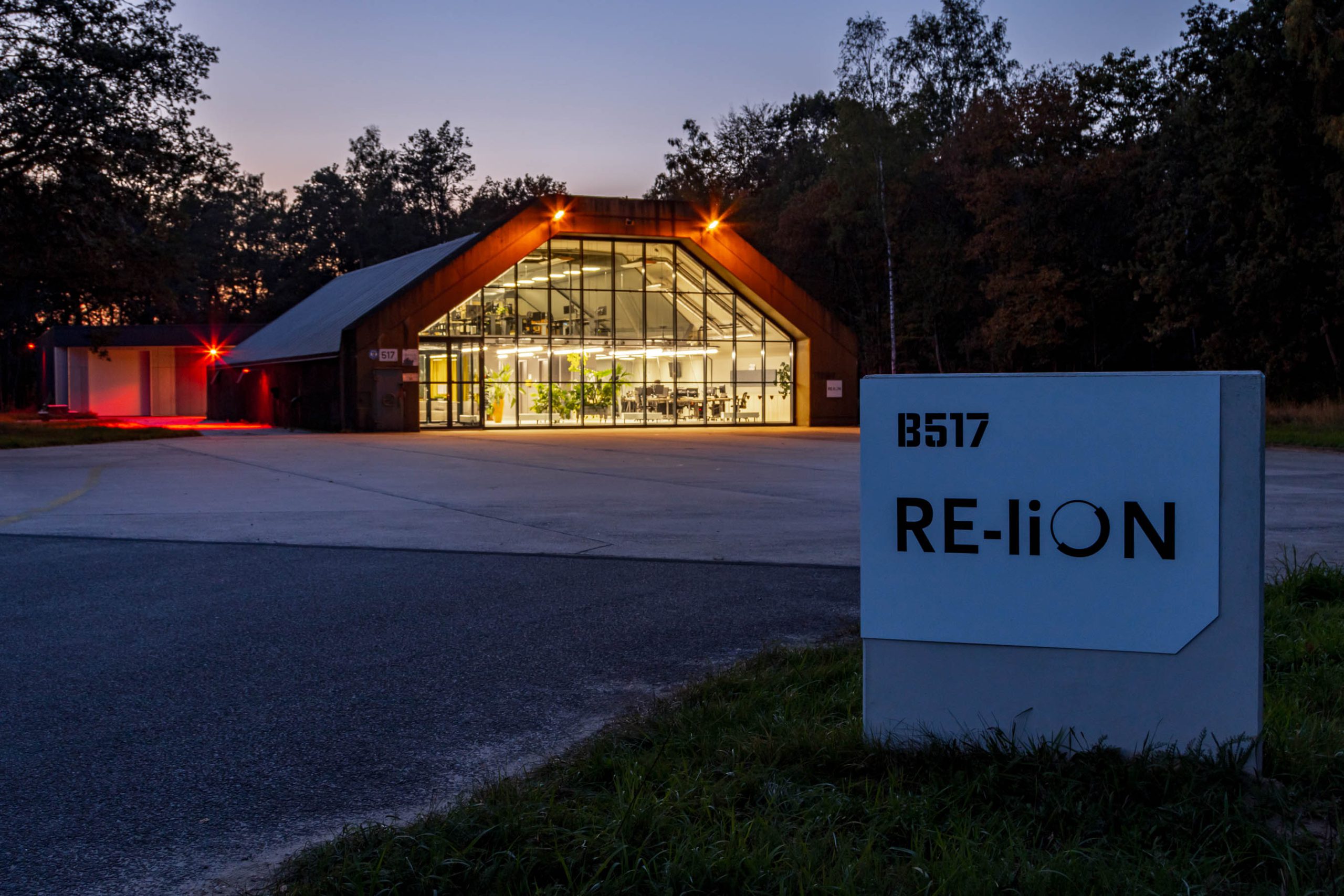
Our Blog
27 August, 2024
Great read: the need for speed is a quality on it’s own.
With a spot on 🎯 quote from Palantir’s Shyam Sankar “Today the bureaucracy tries to minimize risk to programs, but paradoxically maximizes...
18 June, 2024
The MoSaiC consortium held a crucial plenary meeting on June 18th and 19th, led by Fondazione SAFE and hosted by CAFA Tech in Tallinn, Estonia. This meeting marked the midpoint of the project’s implementation...
11 January, 2024
Facing a critical shortage of officers and evolving challenges, law enforcement agencies worldwide are reevaluating their training methods. Traditional approaches, often focused on physical and technical...
03 August, 2023
We partnered up with HTX and the Singapore Civil Defence Force (SCDF) to implement our cutting-edge virtual reality (VR) system capable of recreating and customizing various building-fire scenarios....
04 February, 2023
This paper explores the use of Virtual Reality (VR) in training police officers for high-stress situations. It summarizes the results of our three-year H2020 SHOTPROS project which looked at requirements...
30 September, 2021
Last week during the H2020 Review, the SHOTPROS consortium presented the first results of the VR world used in the second high-stress terrorism scenario. Both scenario and the VR world are being co-developed...
12 September, 2021
You might wonder: what’s a Smartvest and why is it smart anyways? It’s smart due to all the electronics in it that are interacting together in a way that benefits instead of disturbing the user.
Let’s...
25 June, 2021
We collaborated with Twente Fire Services to create this short video. They use REDSUIT to train reconnaissance skills and compartment fire-fighting.
Some time ago, Twente Fire Services recognised the limits...
01 February, 2021
We can finally share a little progress update on our new SUIT release. Following weeks of development, I am happy to share some details of the progress. We’re planning to release this new SUIT Mk2...
20 December, 2020
Many courses take place at the (central) training centres. This is not always practical nor efficient. This is especially visible during this pandemic, now we’re all forced to work from home and limit...
13 December, 2020
Made it just in time before the end of my week.
Every once in a while, you come across articles that are worthwhile spending time on. This is an article about After Action Reviews (AARs) that includes...
12 December, 2020
Last week’s post was about the Horizon 2020 Shotpros project. This week as well. I can finally give you a peek of our deliverables now that we’re past the mid-term review.
The University of...